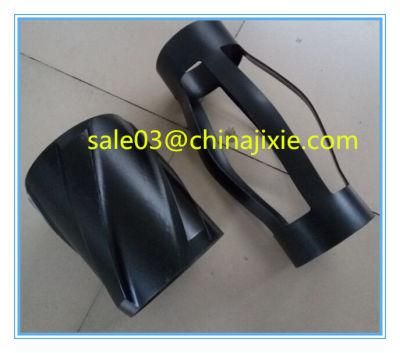
API 10d 7′′ Single Piece Centralizer
Puyang Zhongshi Group Co., Ltd.- Certification:ISO 9001:2000, ISO 9001:2008, API 10d
- Surface Treatment:Color Coated
- Centralizer Type:Elastic
- Structure:Slider
- Material:Cast Steel
- Type:Centralizer
Base Info
- Model NO.:4 1,2"-20"
- Size:4 1 ,2"-20"
- Sample:Available
- Thickness of Coatings:Based on Request
- Height:Based on Request
- ODM:Acceptable
- OEM:Available
- Drawing:Available
- Markings:Available
- Transport Package:Wood Cases
- Specification:4 1,2"-20"
- Trademark:ZS
- Origin:Henan, China
- HS Code:843143100
- Production Capacity:20000PCS,Month
Description
Basic Info.
Model NO. 4 1/2"-20" Size 4 1 /2"-20" Sample Available Thickness of Coatings Based on Request Height Based on Request ODM Acceptable OEM Available Drawing Available Markings Available Transport Package Wood Cases Specification 4 1/2"-20" Trademark ZS Origin Henan, China HS Code 843143100 Production Capacity 20000PCS/MonthProduct Description
Slip on Bow Spring Casing Centralizer with CoatingAPI 10D High Restoring Force Integral Casing Centraliser,Slip on Bow Spring Centralizer, Single One Piece Casing Centralizer
1) Material: 65Mn steel
2) Type: Single Piece Bow Spring Casing Centralizer
3) Standard: API 10D
4) API and ISO certified
5) Specifications: 4 1/2''---20''. More special sizes or combination are available as requested.
6) High Restoring Force: This kind of single piece casing centralizer has restoring force about 198% higher than API standard.
7)Application
Bow spring centralizers are to help center the casing in the wellbore, allowing even distribution of the cement around te casing during cementing operations.
8) Function
a. Take casing to designed position by reducing sticking while casing going down.
b. Centralize casing in well.
c. Balance liquid pressure in annular space by reducing adhesion phenomenon.
d. Improving replacing ratio of mud and boosting cementing quality by reducing channeling effect.
9) Features:
a. Designed for high restoring force and low starting&running force
b. Undergo special coating process to prevent from rust
c. Averagely 198% higher restoring force than API standard.
Casing centralizer is one of the necessary conventional casing accessories, upon well operations completion, the rational use of casing centralizer can play the role of:
Reducing lower casing resistance phenomenon, making the casing smoothly down to the design position;
Making casing centralizer centered within the well;
Reducing the sticking phenomenon to make the annular space hydrostatic pressure balanced;
Reduce channeling, improve the mud replacement efficiency, thus improve the cementing quality.
The reset force of double bow type centralizer is higher than that of single bow centralizer, centering centering performance is better than that of single bow type.
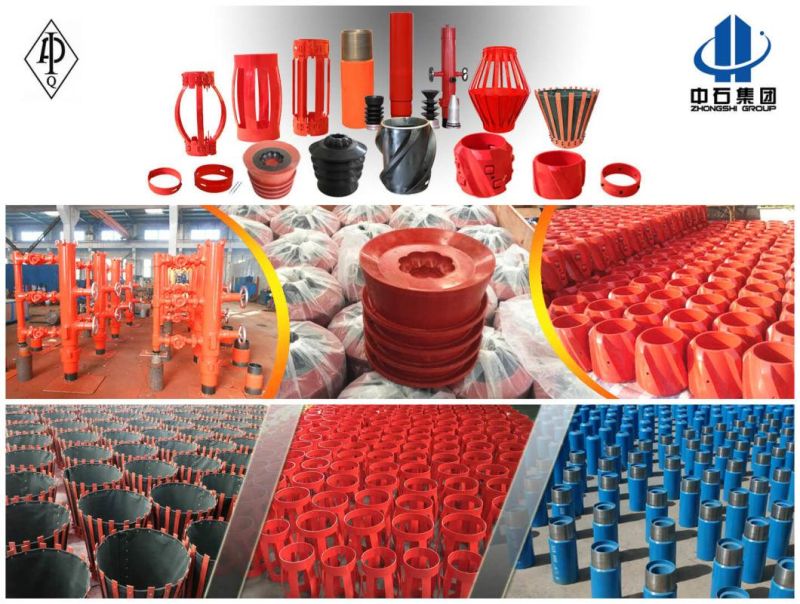
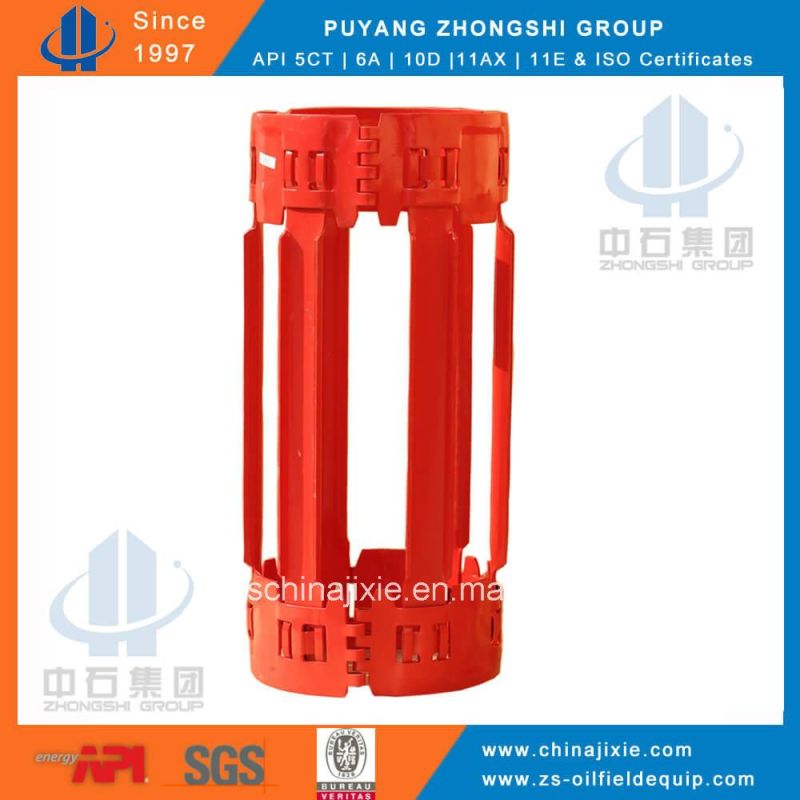
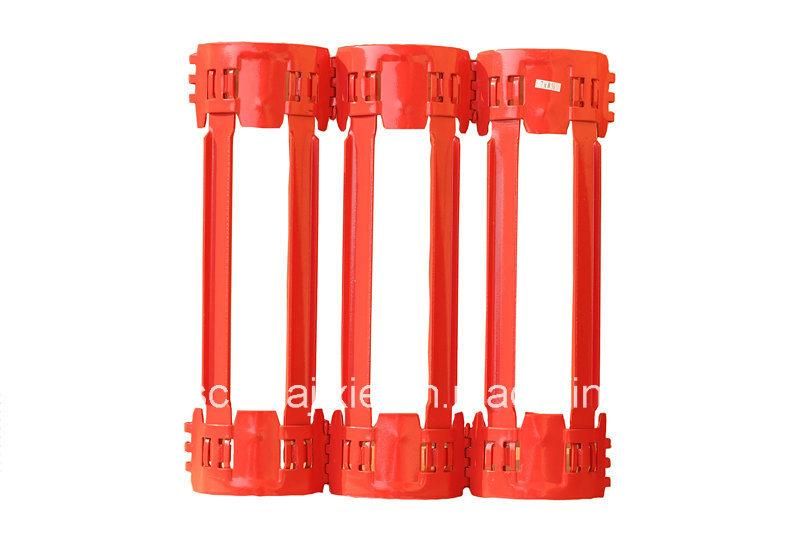
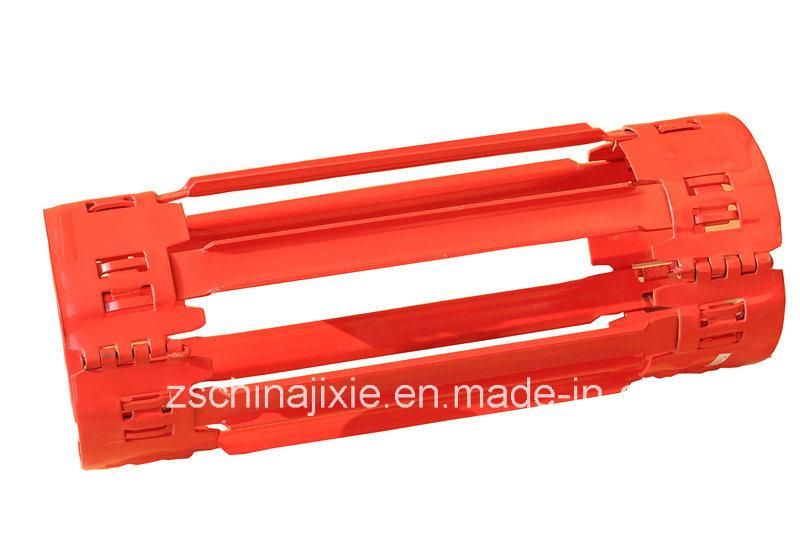
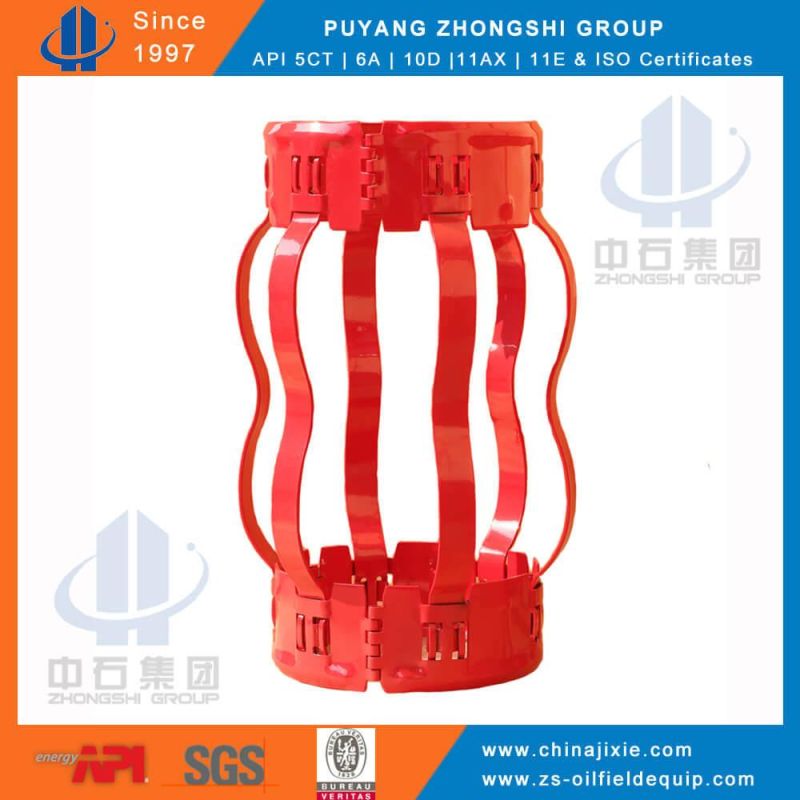
10) Parameter
| Model (in) | Hooping In-Dia. (mm) | Hooping thickness(mm | Total length (mm) | Max.Out-Di (mm) | Amount of spring(mm) |
| 5-1/2" x 8-1/2" | 142-148 | 3-5 | 650±50 | 225±5 | 5 |
| 7" x 9-5/8" | 181-186 | 3-5 | 650±50 | 255±5 | 6 |
| 7" x 8-1/2" | 181-186 | 3-5 | 650±50 | 235±5 | 6 |
| 8-5/8 x 12-1/4" | 223-228 | 3-5 | 650±50 | 330±5 | 8 |
| 9-5/8 x 12-1/4" | 250-255 | 3-5 | 650±50 | 330±5 | 8 |
| 10-3/4 x 12-1/4" | 274-276 | 3-5 | 650±50 | 330±5 | 9 |
| 13-3/8"x17-1/2" | 342-347 | 3-5 | 650±50 | 450±5 | 11 |
| 18-5/8"x24" | 475-477 | 3-5 | 600±50 | 610±5 | 12 |
| 20"x26" | 509-511 | 3-5 | 600±50 | 660±5 | 12 |
This integral one-piece bow spring centralizer is a high-end centralization product. The
centralizers are built to gauge to offer easier, RIH, maximize standoff, and maximize the cement job. The UROS range of centralizers are built mostly for passing through close tolerance situations and then opening back up into under reamed holed sections, or washed out sections, while still providing quality stand-off performance. Bow spring sections are based on a straight bladed principle, but are curved in both axial and tangential directions. This cross curvature conforms to the borehole wall, while the axial curvature changes proportionally as it encounters different loads. As the loads increase, the surface contact area also increases, reducing the load per square unit of area. This helps avoid compression and shear failure of the formation surface.
